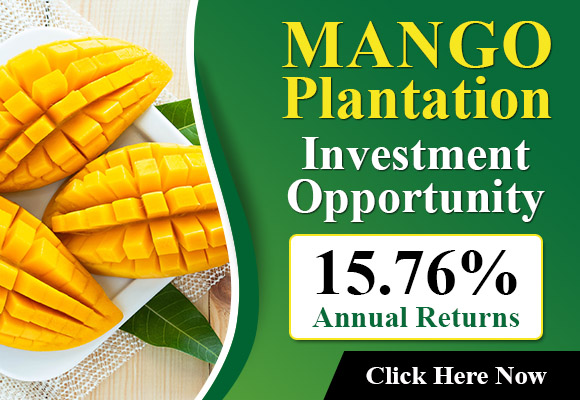It is believed that the Eastern European region has witnessed the growth of 28% in imports of fruit and vegetables from 2019 through 2023 which amounts to a total of $10 billion but this number does not account for the intra-regional trade. This information was presented through Yevhen Kuzin International consultant and Horticulture Market analyst with FAO in an online course designed for Egyptian as well as Moroccan exporters. The training, which was titled “Navigating through the Eastern European fresh produce market. Potential opportunities in Egypt as well as Morocco” it was held by FAO/EBRD to accommodate around 100 traders from Egypt as well as Morocco from October 1 to 2024. The event was published by EastFruit.
One of the most rapidly growing categories for imports within Eastern Europe are sweet potatoes avocados, sweet potatoes, and blueberries that are fresh, indicating an increase in market potential for fresh and established producers such as ones that originate from Egypt as well as Morocco. Kuzin said, “The actual presence of Egyptian and Moroccan product may be more than the data suggest since the region imports massive quantities of fruits and vegetables via reexporting countries like those from the Netherlands, Germany, or even Poland as well as Czechia.”
The region of Eastern Europe, sweet potatoes are becoming more popular in countries such as Ukraine as well as Romania creating small-scale production. Sweet potato imports into the region have increased by a third in the last five years and will surpass 22,000 tonnes by 2023 which will see Egypt playing a close match with USA as well as Spain. Blueberry imports from fresh have witnessed a dramatic increase in the past few years, almost doubled from the year 2019 until 2023 because of the increased consumption in off-season. Morocco is now the 6th largest blueberry producer taking advantage of its distinct season-specific advantage.
Avocado imports from the region will reach 100,000 tonnes by 2023, showing a wide source of suppliers. Morocco particularly has increased its exports directly to the region, averaging around 1,000 tonnes. However, it is not on the list of the top producers.
Source: East Fruit
Source: The Plantations International Agroforestry Group of Companies
